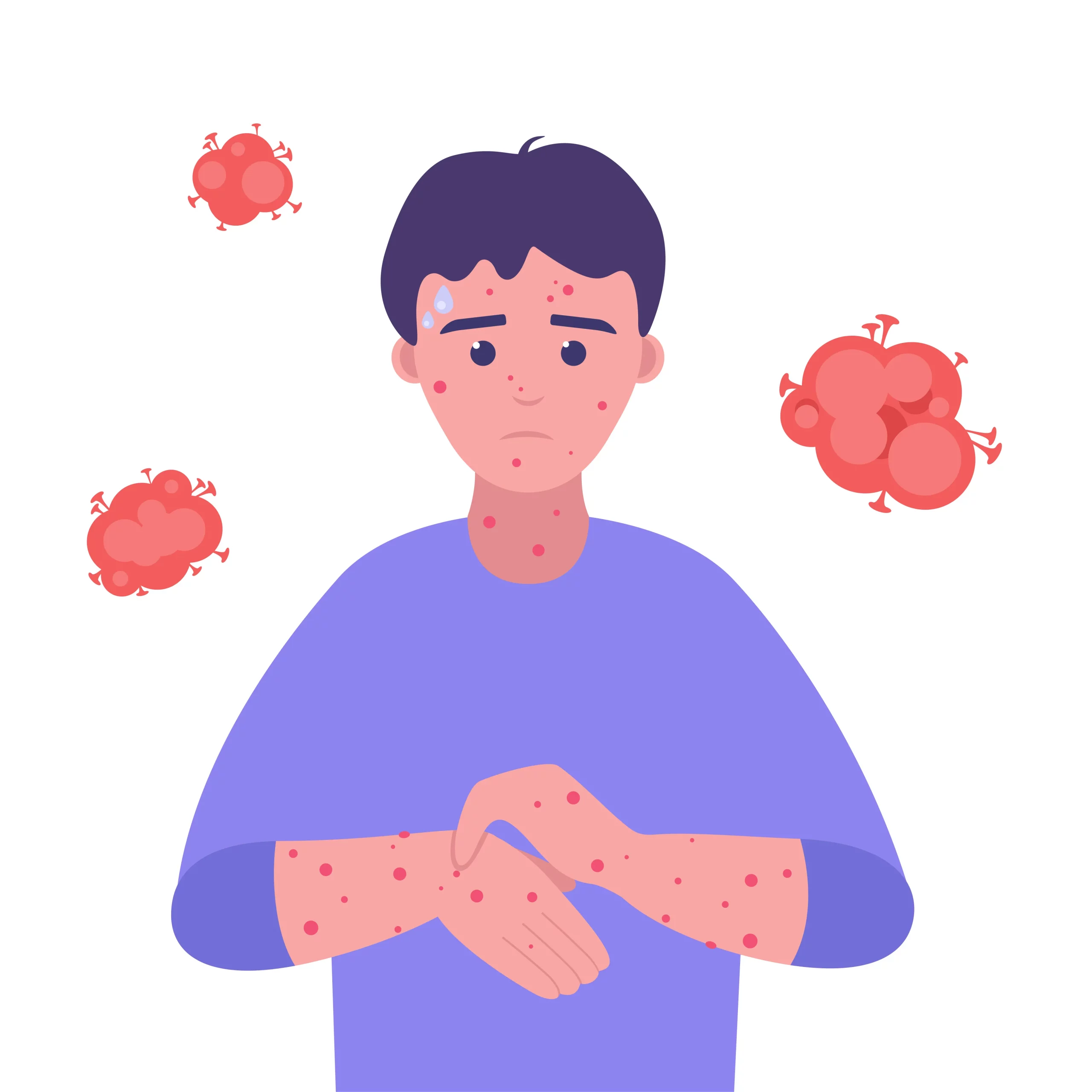A recent study published in “Parasites & vectors” investigates the impact of the Wolbachia strain wMel on the embryonic development, egg viability, and desiccation resistance of the dengue, chikungunya, and Zika vector Aedes aegypti. The findings highlight a slight delay in embryogenesis and diminished egg quality in wMel-infected mosquitoes but also emphasize the potential trade-off with efficient reproductive manipulation. These results inform the strategic use of Wolbachia in field release programs for arbovirus control.
Introduction
Aedes aegypti, the primary vector for dengue, chikungunya, and Zika, poses a major public health challenge in urban habitats across the globe. Despite concerted efforts to combat disease spread, there is a noticeable gap in effective vaccines and definitive vector control strategies [Bhatt, S. et al., 2013, McSweegan, E. et al., 2015, Faria, N.R. et al., 2016]. In the face of rising resistance to conventional insecticides [Moyes, C.L. et al., 2017], Wolbachia pipientis, an endosymbiotic bacterium, has emerged as a promising tool in fighting vector-borne diseases by inhibiting the transmission of pathogens by mosquitoes [Moreira, L.A. et al., 2009, Walker, T. et al., 2011].
However, the success of this innovative strategy relies on understanding and optimizing the bacterium’s impact on mosquito biology, ensuring its proliferation, and maintaining or enhancing vector control efficacy. A recent study published in “Parasites & vectors” by Farnesi, L.C., et al. delves into this critical issue, examining the effects of the Wolbachia strain wMel on the development and survival of Aedes aegypti embryos and eggs [DOI: 10.1186/s13071-019-3474-z]. This article elaborates on their research, exploring its implications for Wolbachia-based vector control strategies.
Methods
The study conducted by Farnesi, L.C. and colleagues involved controlled laboratory experiments with wild-type (Br or Rockefeller) Aedes aegypti strains and those harboring the wMel strain of Wolbachia (wMelBr). After blood feeding, females were allowed to lay eggs synchronously, with subsequent samples observed for embryonic development timing using morphological markers, developmental endpoint observations, egg resistance to desiccation (ERD), and the viability of quiescent eggs over time.
Results
The data gathered revealed that wMelBr embryos completed their development 2-3 hours later than their wild-type counterparts. This delay was consistent with developmental markers’ onset, including germband extension and the acquisition of ERD. Post embryonic development, wMelBr eggs displayed reduced desiccation resistance and viability, which significantly declined after 40 days of quiescence.
Discussion
The extended embryogenesis period, reduced desiccation resistance, and lower viability of wMelBr eggs indicate a trade-off between using Wolbachia for pathogen interference and impact on embryonic fitness. Yet, the efficient reproductive manipulation through cytoplasmic incompatibility could potentially balance these disadvantages in field conditions. The wMel strain’s ability to induce cytoplasmic incompatibility could lead to a replacement effect, where wMel-infected mosquitoes become predominant, thus achieving the desired control over disease transmission [Hoffmann, A.A. et al., 2011, Zug, R. & Hammerstein, P., 2012].
Implications for Field Release
The study offers critical insights for ongoing Wolbachia release programs, underscoring the necessity to strike a balance between leveraging the bacterium’s disease control benefits and managing its impacts on mosquito populations. Furthermore, this work suggests that continuous monitoring of the fitness parameters of released mosquitoes is imperative to assure the sustainability of such interventions [Dutra, H.L.C. et al., 2015].
The findings align with the precedents set by successful wMel invasions in field mosquito populations and offer reassurance on the compatibility of wMel’s influences on embryonic development with its use in field releases [Hoffmann, A.A. et al., 2014].
Conclusion
Farnesi, L.C., et al.’s study provides vital information on the nuanced relationship between Wolbachia infection, mosquito biology, and vector control efforts. The slight delay in embryogenesis and lower egg quality due to wMel strain infection present a complex picture for vector control strategies but also reflect the potential for an effective spread of the bacterium in natural Aedes aegypti populations. Therefore, the knowledge gained here is not only fundamental for optimizing current vector control practices but also for the future designing of genetically based disease-prevention methods.
Keywords
1. Aedes aegypti Embryogenesis
2. Wolbachia Infection Impact
3. Mosquito Egg Viability
4. Vector-Borne Disease Control
5. wMel Strain Effectiveness
References
1. Bhatt, S., Gething, P.W., Brady, O.J., Messina, J.P., Farlow, A.W., Moyes, C.L., et al. (2013). The global distribution and burden of dengue. Nature, 496, 504–507. DOI: 10.1038/nature12060.
2. Farnesi, L.C., Martins, A.J., Valle, D., & Rezende, G.L. (2009). Embryonic development of Aedes aegypti (Diptera: Culicidae): influence of different constant temperatures. Mem Inst Oswaldo Cruz, 104, 124–126. DOI: 10.1590/S0074-02762009000100020.
3. Hoffmann, A.A., Montgomery, B.L., Popovici, J., Iturbe-Ormaetxe, I., Johnson, P.H., Muzzi, F., et al. (2011). Successful establishment of Wolbachia in Aedes populations to suppress dengue transmission. Nature, 476, 454–457. DOI: 10.1038/nature10356.
4. Moreira, L.A., Iturbe-Ormaetxe, I., Jeffery, J.A., Lu, G., Pyke, A.T., Hedges, L.M., et al. (2009). A Wolbachia symbiont in Aedes aegypti limits infection with dengue, chikungunya, and Plasmodium. Cell, 139, 1268–1278. DOI: 10.1016/j.cell.2009.11.042.
5. Zug, R., & Hammerstein, P. (2012). Still a host of hosts for Wolbachia: analysis of recent data suggests that 40% of terrestrial arthropod species are infected. PLoS ONE, 7, e38544. DOI: 10.1371/journal.pone.0038544.
DOI: 10.1186/s13071-019-3474-z
This study adds a significant piece to the puzzle of vector control with endosymbiotic bacteria, highlighting both the complexity and promise of this approach as part of integrated strategies to combat the spread of vector-borne diseases globally.
